In an increasingly connected world, the safety of our homes and loved ones has never been more paramount. Gone are the days when a simple door lock offered sufficient peace of mind. Today, sophisticated home security systems are essential investments, combining cutting-edge technology, instant alerts, and seamless integration to provide comprehensive protection against intrusions, fires, and environmental hazards.
Choosing the right system can feel overwhelming. With options ranging from simple, plug-and-play DIY home security systems to complex, professionally installed networks, understanding the market, the technology, and the associated costs is the first critical step. This guide cuts through the noise, offering an educational and informative roadmap to help you determine what is the best security alarm system for home—one that truly meets your specific security needs and budget.
Contents
- 1 Understanding the Landscape of Home Security Systems
- 2 The Rise of DIY Home Security Systems
- 3 The Critical Question: Home Security Systems Costs
- 4 Selecting the Best Home Alarm Systems for Your Needs
- 5 Installation, Maintenance, and Maximizing Your Home Security Investment
Understanding the Landscape of Home Security Systems
When we talk about home security systems, we are referring to a networked collection of devices—sensors, cameras, control panels, and sirens—designed to detect unauthorized entry or emergencies and notify users and/or monitoring centers. The systems available today differ significantly based on installation method, monitoring type, and technological integration.
Traditional vs. Smart Home Security Systems
The evolution of security technology has led to a major split in the market: traditional wired systems and modern, wireless smart systems.
Traditional Hardwired Systems
Hardwired systems, often installed during construction or major renovations, connect all components (sensors, keypads) directly to a central panel via physical wires.
- Pros: Highly reliable, rarely suffer from battery issues or wireless interference.
- Cons: Expensive and intrusive installation; difficult to expand or move; lack modern smart features like app control or video verification.
Modern Security Systems (Smart/Wireless)
Today, the vast majority of consumers opt for smart, wireless modern security systems. These systems connect via Wi-Fi, Z-Wave, or proprietary RF signals, allowing for rapid installation and flexibility.
- Key Features: Integration with smart home devices (thermostats, lighting), remote control via mobile apps, video recording, and often include home security fire alarm systems integration.
- Flexibility: Components can be added or relocated easily, making them highly suitable even for temporary living situations like home security systems for apartments.
Professionally Monitored vs. Self Monitoring Security System
Perhaps the single most important decision impacting both protection level and cost is the choice between professional monitoring and self-monitoring.
Professionally Monitored Systems
With professional monitoring, when an alarm is triggered (e.g., a door sensor detects entry), the signal is sent instantly to a central monitoring station staffed by trained professionals.
- Action: The monitoring center attempts to verify the alarm (often by calling the homeowner) and, if necessary, immediately dispatches local emergency services (police, fire, or medical).
- Cost: Requires a recurring monthly subscription fee (often ranging from $20 to $60, depending on the service level).
- Benefit: Provides the highest level of assurance, ensuring that help is on the way even if you are unreachable or asleep.
Self Monitoring Home Security Systems
A self monitoring security system means the homeowner assumes the role of the monitoring center. When an event occurs, the system sends an alert (push notification, text, or email) directly to the homeowner’s smartphone.
- Action: The homeowner must then manually verify the event (usually via a connected camera feed) and decide whether to call emergency services.
- Cost: Minimal to zero recurring fees, though many require a small subscription to store video footage in the cloud.
- Benefit: Offers affordable home security and total control, but requires the homeowner to be constantly available and vigilant. This model is extremely popular among those choosing DIY home security systems.
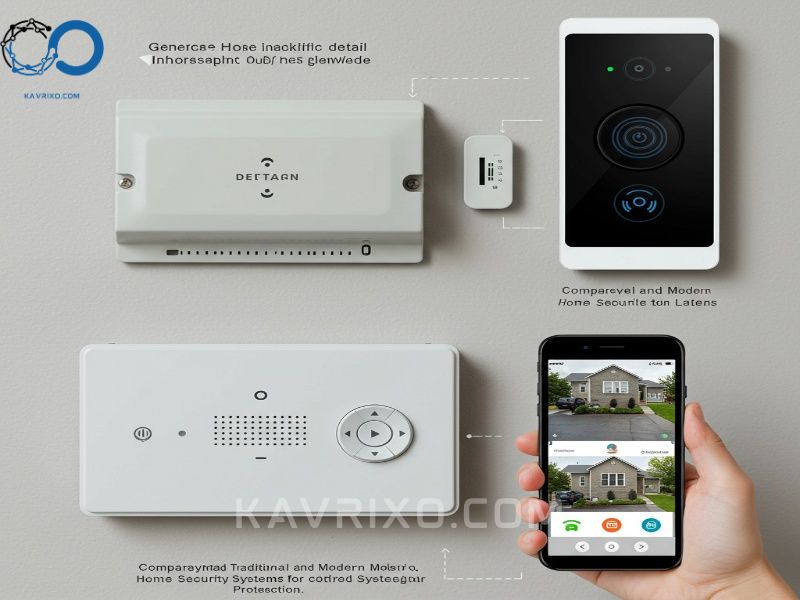
The Rise of DIY Home Security Systems
The evolution of wireless technology has fundamentally changed the security market, giving rise to robust and reliable DIY home security systems. These kits empower homeowners to take control of their security setup, often saving thousands in installation fees and offering remarkable flexibility.
Why Choose Do It Yourself Security Alarm?
The appeal of the do it yourself security alarm lies in accessibility and control. For many, the high upfront costs and long-term contracts associated with traditional providers were prohibitive.
- Cost Savings: Eliminating professional installation drastically reduces the initial investment. Many DIY kits are marketed as affordable home security systems.
- Flexibility: Installation typically involves simply peeling and sticking sensors, allowing rapid setup or removal. This is a massive advantage for renters or owners who wish to move their system easily.
- Customization: You purchase only the components you need, whether it’s a simple setup for a small condo or an expansive network covering a large house. Companies often sell components in a standardized
alarmanlage set.
Key Components of DIY Alarm Systems
A successful best diy home security system utilizes several core components working in harmony:
- The Hub/Base Station: This is the brain of the system, communicating wirelessly with all sensors and connecting to your home Wi-Fi network. It manages alerts and often includes the main siren.
- Entry Sensors: Small magnetic sensors placed on doors and windows. When the two pieces separate (i.e., the door opens), the alarm is triggered.
- Motion Detectors: These use passive infrared (PIR) technology to detect heat signatures and movement within a room. Many modern versions are pet-friendly, ignoring animals under a certain weight threshold.
- Security Cameras: Indoor and outdoor cameras provide visual verification. They are essential for self monitoring home security systems as they allow the user to confirm if an alarm is genuine or false.
- Environmental Sensors: Crucial additions include carbon monoxide detectors, smoke detectors (often integrated into home security fire alarm systems), and freeze/water leak sensors.
Ideal Scenarios: Home Security Systems for Apartments
Renters often feel locked out of traditional security options due to contractual limitations or the impracticality of complex installations. Home security systems for apartments thrive in the DIY market.
Apartment dwellers benefit immensely from the non-invasive nature of DIY kits. Since no drilling or permanent modification is required, tenants can install a complete system in an hour and remove it without penalty when they move. Furthermore, apartment security often focuses less on large perimeters and more on entry points and interior spaces, meaning a smaller, more budget-friendly setup is usually sufficient, making it inherently affordable home security.
The Critical Question: Home Security Systems Costs
Understanding the full financial commitment is essential before investing in any protective measure. One of the most common questions consumers ask is, “how much is a home security system?” or the more specific, “how much does a home alarm system cost?”
The total cost is not a single number; it comprises initial equipment costs and ongoing monitoring fees.
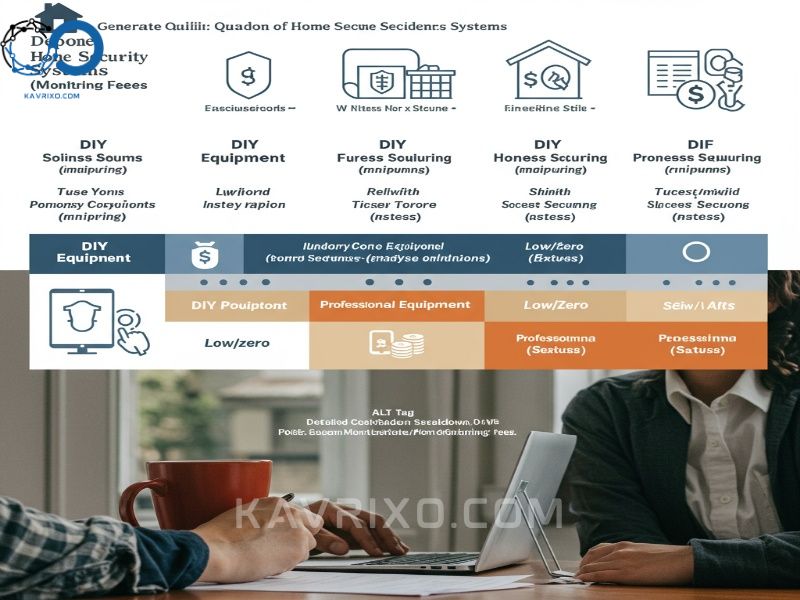
Initial Investment: How Much Does a Home Security System Cost?
The upfront expenditure covers the hardware itself. This is where the difference between professional and diy home security systems is most pronounced.
DIY Equipment Costs:
- A basic starter kit (hub, keypad, 3-5 sensors, and maybe one camera) usually ranges from $150 to $500.
- For a comprehensive setup for a larger home, including multiple cameras, floodlights, and environmental sensors, the cost can rise to $600 to $1,500.
- This answers the question: how much is a house security system when installing it yourself. The answer is highly scalable based on component count.
Professional Equipment and Installation Costs:
- Traditional companies often offer “free” equipment under long-term contracts, but the installation fee itself can be substantial.
- If the equipment is purchased outright, it is typically proprietary and higher priced than retail DIY gear. Expect equipment and installation fees (often bundled) to range from $400 to $2,000, depending on the number of sensors and cameras required.
Decoding Monitoring Fees: How Much Is an Alarm System Monthly?
The recurring monthly fee is the cost of professional service and connectivity. This addresses the queries: how much does a house alarm system cost over time, and how much is an alarm system annually?
| Monitoring Type | Monthly Cost Range | Included Services |
| Self-Monitoring (DIY) | $0 – $10 | App access, push notifications. Higher tier needed for cloud storage. |
| Basic Professional | $19 – $35 | 24/7 monitoring, police/fire dispatch, cellular backup. |
| Premium Professional | $35 – $60+ | Video verification, smart home integration, advanced analytics, maintenance support. |
When calculating how much do home security systems cost, remember that a five-year monitoring contract at $40/month adds $2,400 to your total ownership cost.
Cost Comparison: DIY vs. Professional Installation
Many people ask, “how much does a home security system cost?” because they are trying to balance initial expenditure against long-term commitment.
- DIY Advantage: Lower initial outlay, minimal recurring fees (especially with a self monitoring security system). This path provides the most affordable home security.
- Professional Advantage: Although the initial and long-term costs are higher, the professional route includes expert installation and guaranteed immediate emergency response, which some homeowners deem worth the premium.
If your primary concern is how much are burglar alarms (the actual equipment) and keeping costs low, the DIY route is the undeniable winner. If your priority is absolute, hands-off service, the professional route, despite the answer to how much do burglar alarms cost being higher, offers greater convenience.
Beyond Installation: Maintenance and Security Alarm Repairs
Security systems are electronic devices that require maintenance.
- Batteries: Wireless sensors and cameras require periodic battery changes. This is a minor but constant expense for diy alarm systems.
- Professional Repair: If you use a professionally installed system, the contract often dictates who handles security alarm repairs. Premium packages usually include hardware replacement and service calls, minimizing unexpected costs. If you own the system outright, repairs fall to you or a third-party technician.
A quick calculation of how much is a home alarm system needs to factor in potential repair costs or battery replacements, usually estimated at $50–$150 annually for a large wireless system.
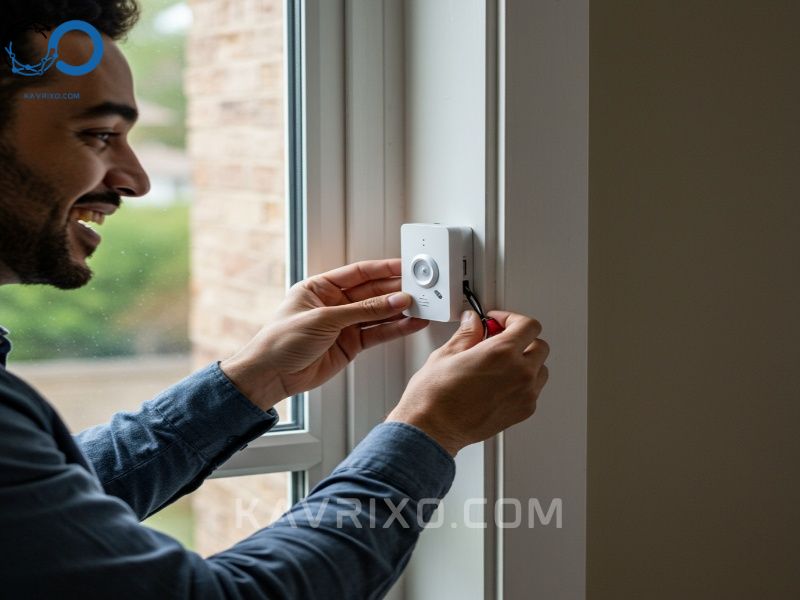
Selecting the Best Home Alarm Systems for Your Needs
With dozens of reputable companies offering various packages, determining what is the best security alarm system for home requires careful assessment of lifestyle, property type, and technological comfort level.
Key Features to Look for in Modern Security Systems
The best systems today go far beyond simple intrusion detection. They offer integrated smart solutions that enhance both security and convenience.
1. Cellular Backup
If your power or Wi-Fi goes out, the system must remain operational. Cellular backup ensures that the central hub can still communicate alerts to the monitoring center or your phone. This is a non-negotiable feature for best home alarm systems.
2. Video Verification and Storage
High-definition cameras (1080p minimum) with night vision are standard. Check how footage is stored (local SD card vs. cloud) and how long it is retained. Cloud storage is essential for verification if the camera itself is stolen.
3. Smart Home Integration
Can the system work seamlessly with your existing smart locks, lighting, or voice assistants (Alexa, Google Home)? The most reliable modern security systems act as the central hub for your entire protected smart home.
4. Environmental Monitoring
Ensure your system includes robust home security fire alarm systems capabilities. Integration with smoke and CO detectors means a professional monitoring service can dispatch the fire department immediately, potentially saving lives and property.
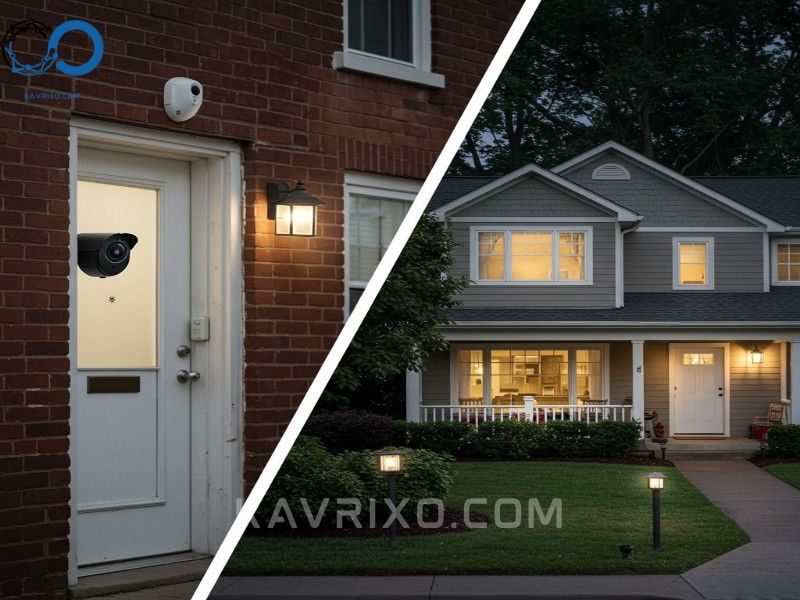
Evaluating the Best DIY Home Security System Providers
When searching for the best diy home security system, focus on providers known for reliability, ease of use, and competitive monitoring rates. Companies like SimpliSafe, Ring Alarm, Abode, and Wyze often dominate this space.
- No Contract Options: Look for systems that allow you to pay month-to-month for professional monitoring, or skip it entirely (relying on self monitoring security system), giving you maximum flexibility.
- Customer Support: Since you are the installer and primary technician, 24/7 technical support is crucial for troubleshooting setup and maintenance issues.
What is the Best Security Alarm System for Home?
The “best” system is subjective, but generally, the market favors flexible, hybrid models.
- For Renters/Budget-Conscious: A fully DIY, self-monitored system (low equipment cost, $0/month monitoring). This is the definition of affordable home security.
- For Homeowners Seeking Maximum Safety: A DIY-installed system with high-quality components, coupled with a professional monitoring plan (moderate equipment cost, recurring monthly fee). This balances user control with professional emergency response.
- For Large Properties/High-Value Assets: A fully custom, professionally installed system with redundant communication lines and advanced automation features. While this is the highest answer to how much is a home alarm system, it offers unparalleled coverage.
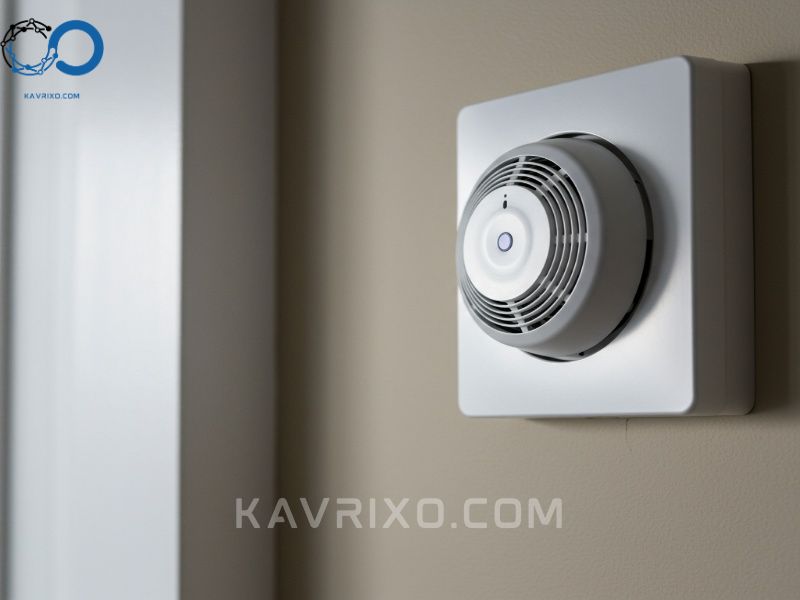
Installation, Maintenance, and Maximizing Your Home Security Investment
Once you’ve selected your home security systems, proper installation and ongoing maintenance are key to maximizing their effectiveness and lifespan.
Integrating Home Security Fire Alarm Systems
Many people focus solely on intrusion, forgetting that fire and carbon monoxide are equally, if not more, dangerous. Integrating these environmental sensors into your core system ensures that the same cellular backup and professional monitoring that handles break-ins also handles life-threatening emergencies.
If you opt for a self monitoring security system, ensure your environmental sensors are highly reliable and linked to a loud, centralized siren, as your phone may not be enough to wake you in an emergency. The best modern security systems offer integrated smoke and CO detectors that communicate directly with the central hub.
Tips for Keeping Affordable Home Security
Maintaining affordable home security doesn’t mean sacrificing quality. It means making smart choices about where you allocate your security budget.
- Prioritize Entry Points: Focus your initial investment on sensors for all ground-floor doors and windows, and a few key motion detectors. You can add cameras and extra sensors later.
- Bundle and Save: Look for companies offering discounted starter kits (often called an
alarmanlage set) and promotions that lower the cost of the initial equipment. - Negotiate Monitoring Rates: If opting for professional monitoring, be aware that introductory rates often expire. Be prepared to compare rates annually. This helps keep the long-term answer to how much is a home alarm system manageable.
- Embrace DIY Maintenance: Learning basic troubleshooting and being willing to replace sensor batteries yourself dramatically reduces the need for expensive service calls for security alarm repairs.
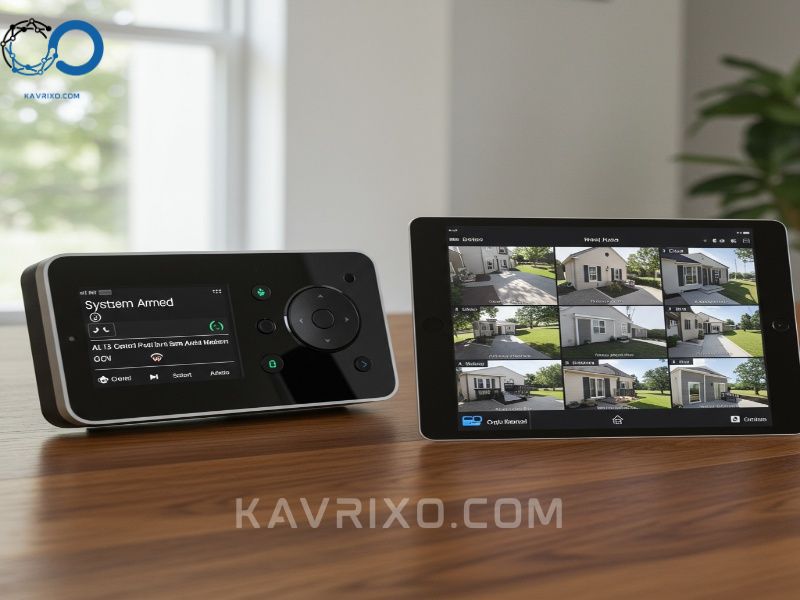
Final Considerations: Protecting Every Home
Whether you live in a sprawling house or are seeking robust home security systems for apartments, the goal remains the same: peace of mind. By carefully weighing the pros and cons of diy home security systems versus professional installation, and by understanding the true home security systems costs—both upfront and recurring—you can make an informed decision.
Investing in a quality system is not an expenditure; it is an assurance that your property and family are protected by the best home alarm systems available in the market today. Take the time to research, compare features, and build a security solution that is as unique and reliable as your home itself.
